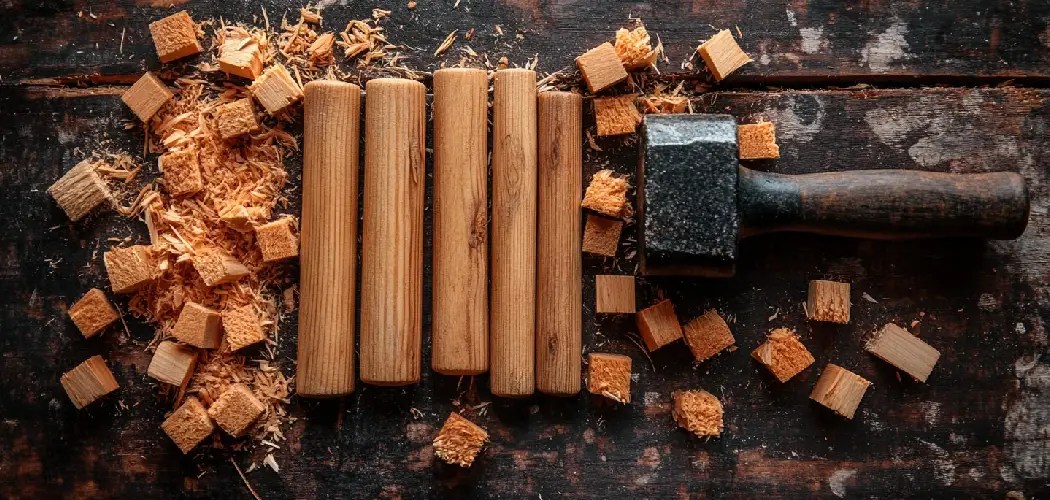Every craft has its own language, and knowing it is the first step to becoming a good craftsman. If you have ever felt lost in a conversation about woodworking, you have come to the right place. This guide is your key to the language of the craft, giving you all the essential terms and data you need to speak with confidence. To see how these terms fit into the bigger picture, start with my complete woodworking guide, which covers tools, techniques, and projects for every skill level.
I want you to have a resource you can keep in your workshop that gives you quick answers and reliable data.

The Woodworker’s Glossary
Understanding the language of woodworking will help you learn faster and communicate your ideas more clearly. Here are some of the most common terms you will hear in the shop.
Common Woodworking Terms
- Grain: The pattern you see in a piece of wood. The direction of the grain is important for making cuts and for avoiding tearout.
- Kerf: The width of the cut that a saw blade makes in a piece of wood. Knowing your blade’s kerf is essential for accurate measuring.
- Kickback: This happens when a piece of wood gets pinched by a saw blade and is thrown back at you with great force. It is a serious workshop hazard.
- Tearout: When a piece of wood splinters or tears along a cut. This is often caused by a dull blade or cutting against the grain.
- Jig: A tool or a guide that is used to make a cut or a joint more accurate and repeatable.
- Chamfer: A beveled or angled cut made on a corner of a piece of wood. It is used to soften a sharp edge and give a project a finished look.
- Rout: To cut a groove or a channel in a piece of wood with a router.
Essential Reference Charts
These charts are designed to give you quick answers and reliable data for your projects. I recommend printing them out and keeping them in your workshop.
Wood Hardness Scale (Janka)
The Janka hardness scale measures how much force is needed to embed a steel ball halfway into a piece of wood. This scale is important for choosing a durable wood for your project.
| Wood Type | Janka Hardness Score |
| Pine | 380 lbf |
| Cedar | 900 lbf |
| Maple | 1450 lbf |
| Oak | 1360 lbf |
| Walnut | 1010 lbf |
| Cherry | 950 lbf |
Export to Sheets
Common Screw and Nail Sizes
Choosing the right fastener is crucial for a strong project. This chart gives you a quick guide to common screw and nail sizes.
| Screw Type | Gauge (Diameter) | Common Use |
| Wood Screw | #6, #8, #10 | General purpose for joining wood |
| Deck Screw | #8, #10 | Outdoor projects, resistant to rust |
| Drywall Screw | #6 | Attaching wood to drywall, not for structural use |
Export to Sheets
| Nail Type | Length (Inches) | Common Use |
| Finishing Nail | 1″ – 3″ | Attaching trim or molding, small head |
| Common Nail | 1″ – 6″ | General construction, framing |
Export to Sheets
Drill Bit Guide
Using the right drill bit will give you a clean, accurate hole. This chart will help you choose the right bit for your project.
| Drill Bit Type | Primary Use |
| Twist Bit | General purpose, good for most wood |
| Brad Point Bit | Creates a clean hole with no tearout, great for furniture |
| Forstner Bit | Creates a flat-bottomed hole, perfect for hinges and jigs |
| Spade Bit | For drilling large, rough holes quickly |
Export to Sheets
Ready to Speak the Language of a Craftsman?
I hope this glossary and these charts give you the confidence to speak and build like a professional. Keep this guide handy in your workshop.

